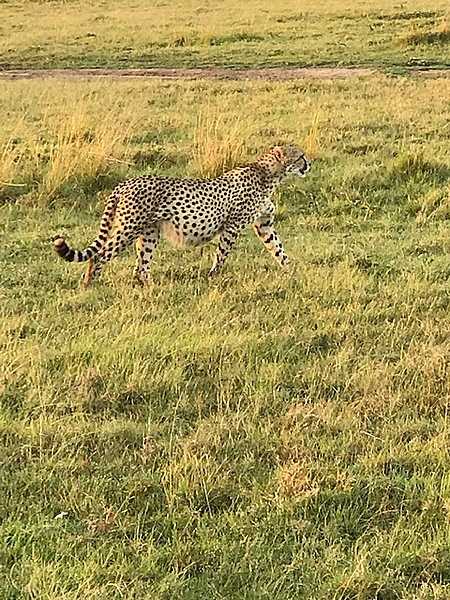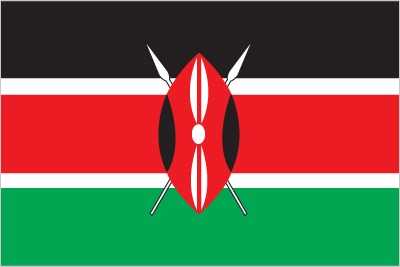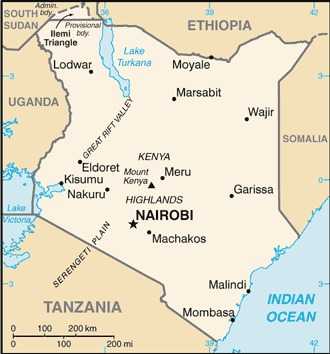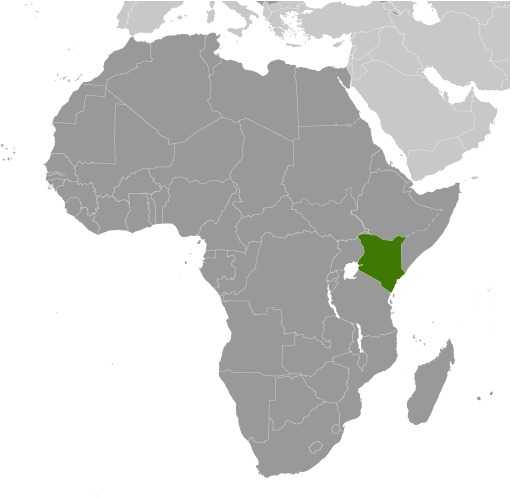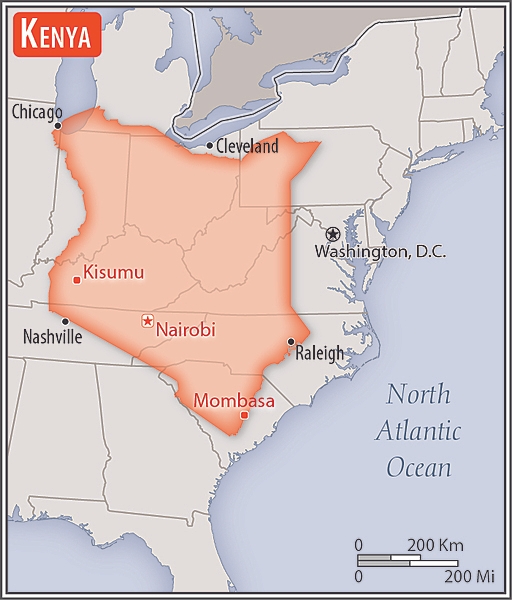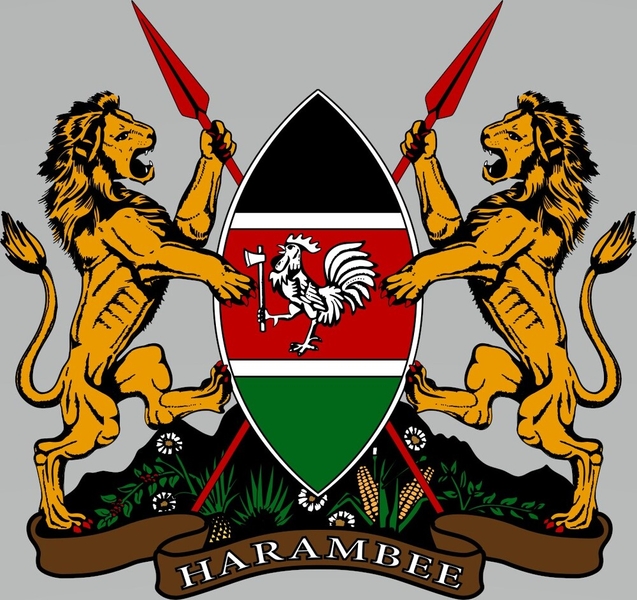Introduction
Visit the Definitions and Notes page to view a description of each topic.
Geography
People and Society
Population
comparison rankings: total 26; male 26; female 26
Languages
Median age
comparison ranking: total 196
Population growth rate
comparison ranking: 38
Birth rate
comparison ranking: 44
Death rate
comparison ranking: 199
Net migration rate
comparison ranking: 102
Maternal mortality ratio
comparison ranking: 16
Infant mortality rate
comparison ranking: total 58
Life expectancy at birth
comparison ranking: total population 176
Total fertility rate
comparison ranking: 45
Obesity - adult prevalence rate
comparison ranking: 161
Alcohol consumption per capita
comparison ranking: total 134
Tobacco use
comparison ranking: total 136
Children under the age of 5 years underweight
comparison ranking: 51
Education expenditure
comparison ranking: Education expenditure (% GDP) 107
Environment
Carbon dioxide emissions
comparison ranking: total emissions 89
Government
Economy
Real GDP (purchasing power parity)
comparison ranking: 59
Real GDP growth rate
comparison ranking: 54
Real GDP per capita
comparison ranking: 167
Inflation rate (consumer prices)
comparison ranking: 135
GDP - composition, by sector of origin
comparison rankings: agriculture 31; industry 159; services 117
Industrial production growth rate
comparison ranking: 129
Labor force
comparison ranking: 29
Unemployment rate
comparison ranking: 105
Youth unemployment rate (ages 15-24)
comparison ranking: total 105
Gini Index coefficient - distribution of family income
comparison ranking: 48
Taxes and other revenues
comparison ranking: 97
Current account balance
comparison ranking: 168
Reserves of foreign exchange and gold
comparison ranking: 76
Debt - external
comparison ranking: 26
Energy
Electricity
comparison rankings: installed generating capacity 101; consumption 104; exports 93; imports 101; transmission/distribution losses 140
Energy consumption per capita
comparison ranking: 169
Communications
Telephones - fixed lines
comparison ranking: total subscriptions 147
Telephones - mobile cellular
comparison ranking: total subscriptions 27
Broadband - fixed subscriptions
comparison ranking: total 73
Transportation
Merchant marine
comparison ranking: total 138
